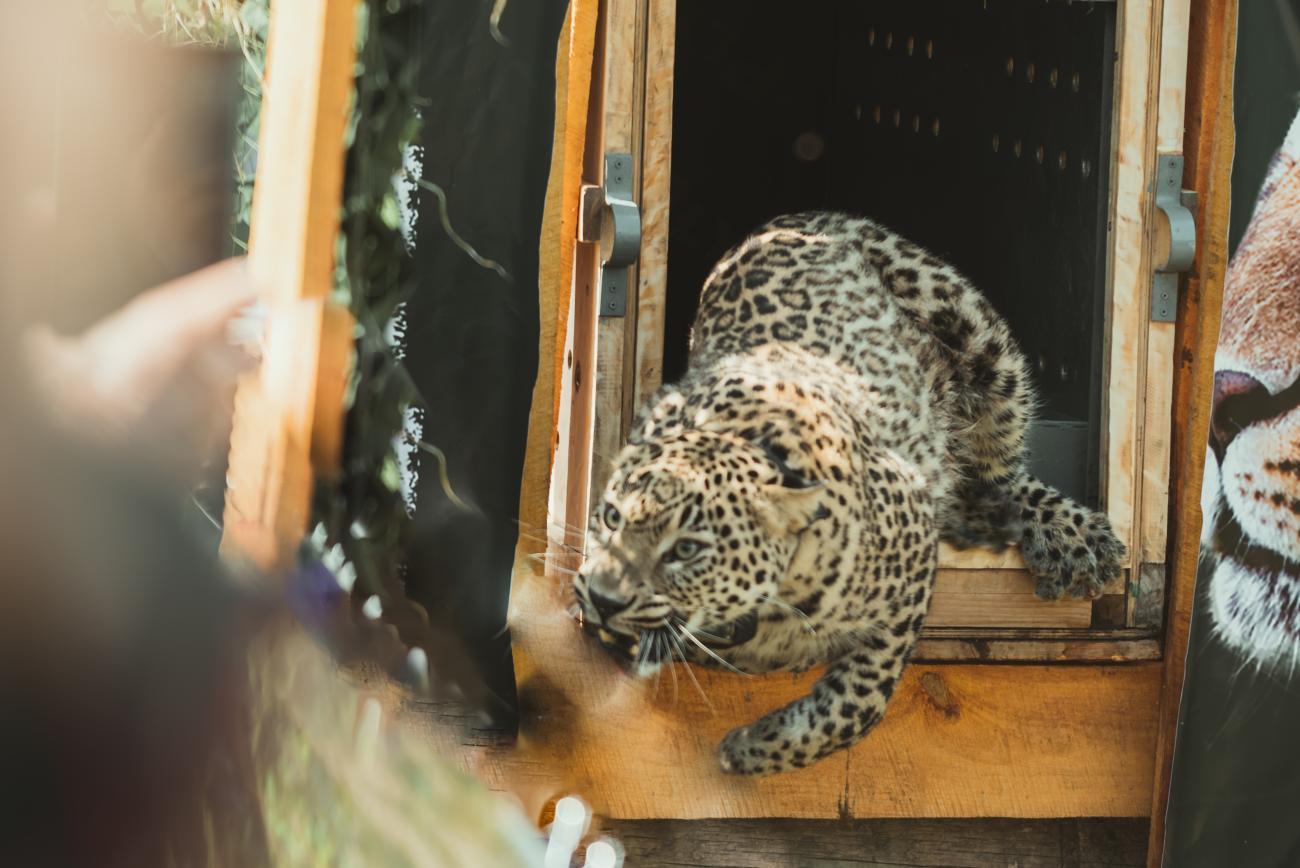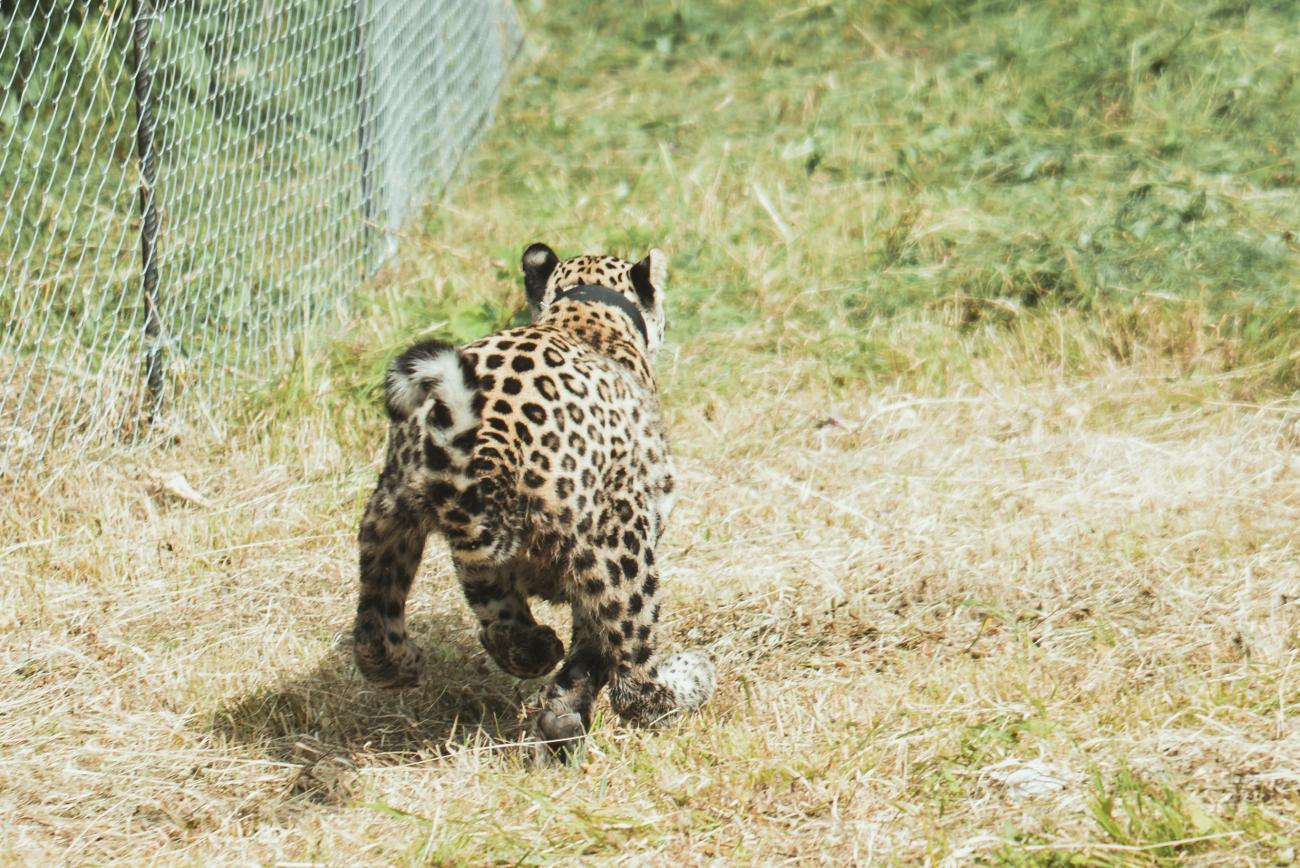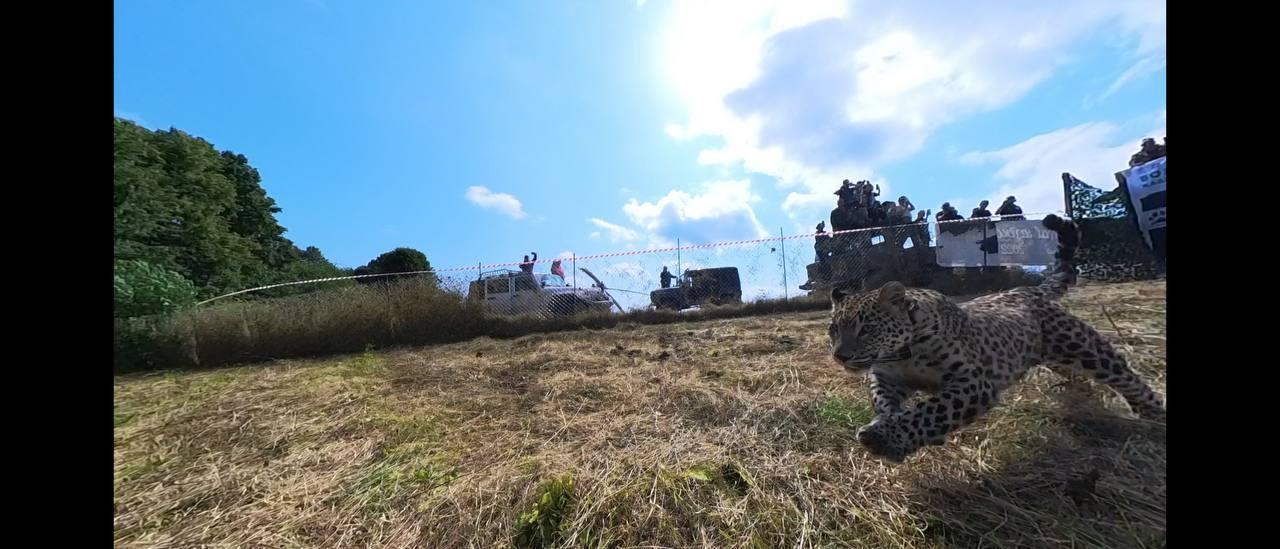
The project to restore the historical symbol of Ossetia in nature - the reintroduction of Caucasian leopards - is 5 years old this year. The fourth release of a representative of the most striking indicator species of the well-being of the Caucasian mountain ecosystems successfully took place last week in the reserve on the territory of the Turmon forest. This is the third time the reserve has become a place where leopards are released into the wild. According to the scientific coordinator of the project in Ossetia - senior researcher, Ph.D. IEE RAS Yachmennikova Anna: “This time only one young male named Chermen was released, but, nevertheless, this event is remarkable. This is the eighth animal released in this region, it is quite large and weighed 61 kg when released, and it is only two years old. Its genetics are new for the region and for the Russian Caucasus as a whole; for the first time, a descendant of a pair received by Russia from Sweden 3 years ago was released with the assistance of the international community of IUCN and EAZA. In total, to date, 4 females and 4 males have been released in Ossetia, the sex ratio is balanced.”

According to information received from senior researcher, Ph.D. IEE RAS Jose Antonio Hernandez-Blanco, responsible for installing transmitters on animals and the information coming from them: “Transmitters on the collars of a female named Achipse released earlier in the Caucasian Biosphere Reserve (Krasnodar Territory) and her brother Chermen released in North Ossetia Achipse) work properly. The animals began to settle into their new space, make their first short journeys, and recovered safely after transportation and release.”
The head of the scientific part of the leopard restoration project in the Caucasus is Academician of RAS, Professor Vyacheslav Rozhnov, who takes part in each release of animals, commented on the event: “Such regular releases are necessary to restore the leopard group in the Central Caucasus and revive the biological information field along the distribution routes of these cats; this is a comprehensive and extensive work to restore the lost ecosystem link. The experience of monitoring previously released animals has proven the sufficiency of the natural food supply to ensure the successful settlement of leopards. Cats can successfully develop and form their own individual areas in the natural areas they like, passing along migratory routes that have existed since ancient times, even to other regions. Thus, the animals released last year have mastered the transition to Kabardino-Balkaria and Chechnya, where they successfully hunt wild boars and roe deer, the collars still work on them and we, of course, have a unique array of information on the spatial ecology of these cats.”

The program for the restoration (reintroduction) of the Central Asian leopard in the Caucasus is being implemented by the Russian Ministry of Natural Resources with the participation of the Sochi National Park, the Caucasus Nature Reserve, the Ossetia-Alania Protected Natural Area, the A. N. Severtsov Institute of Ecology and Evolutio RAS, A.K. Tembotov Institute of Ecology of Mountain Territories RAS, the Moscow Zoo, as well as with the assistance of the International Union for Conservation of Nature (IUCN) and the European Association of Zoos and Aquariums (EAZA). Financing of monitoring and activities for the release of the Central Asian leopard in North Ossetia is carried out with the support of the business company RusHydro, as well as EcoEnergy Group and the Ecological Region of Alanya.
Related materials:
